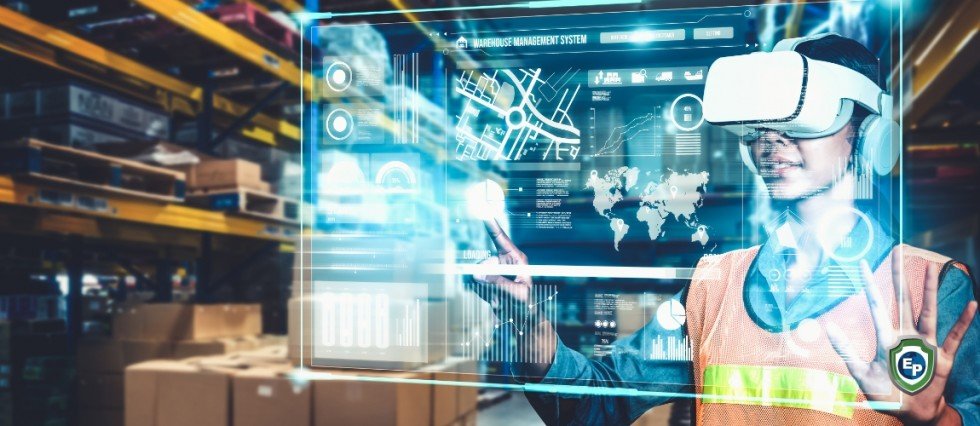Why Augmented Reality Can Make Logistics More Efficient
From optimized picking to warehouse flexibility, augmented reality is providing numerous benefits to the logistics industry. Come read our blog to learn more about how AR is transforming logistics.

From ERPs and intelligent warehouse management systems to automated routing and supply chain softwares, the logistics industry has embraced digital transformation seamlessly over the last few years and continues to do so.
One of the technologies taking center stage today is augmented reality (AR). Several logistics players are investing in AR solutions that help them cater to their customers’ needs more effectively. Here are four key areas of logistics and distribution where AR can be a game changer:
Optimized Picking
An area where AR can yield tangible benefits within a short period of time is picking, which is one of the most time-consuming, error prone tasks in a distribution environment.
Recently, logistics giant DHL piloted a test project in the Netherlands using AR-assisted vision picking to streamline operations. Warehouse workers were equipped with smart glasses that enabled them to see a digitalized route, making navigation in the warehouse easier and faster.
Thanks to an AR assisted navigation software, workers were guided to the exact location of parcels with ease to remove wrong picks, scan barcodes, and record the entry into the central warehouse management system via virtual dashboards. The project was deemed a success with efficiency increasing by more than 25 percent thanks to the assisted picking option.
Warehouse Flexibility and Architecture Remodeling
Warehouses are becoming more than just huge storage rooms. They are multipurpose operational hubs for businesses where products can be stored, assembled, labeled, packaged, or sorted for further deployment and delivery.
In order to act as hubs, warehouses require quick rearrangements to fit into new roles. With AR, warehouses can be easily remodeled digitally to see what needs to be changed to meet the new requirements and how it will affect other components in the process. The obvious benefit is that warehouses do not need to be physically rearranged to try out new alignments. Modifications can be easily overlaid on digital canvases that cover the real environment and provide decision makers with a first-hand view of how measures need to be calculated for the realignment.

Freight Loading and Unloading
Drivers spend a significant portion of their time away from the distribution center, loading and unloading freight. Incorrect weight estimations, improper loading, and/or a lack of information regarding cargo placement, all of which cause time loss during last mile delivery, are just a few of the issues that plague freight drivers on a daily basis and contribute to inefficiency.
Equipping drivers with AR assisted devices that depict information about cargo such as weight, easy positioning within the truck for faster take outs, and clear cut destination indicators would improve efficiency greatly.
Efficient Transportation
For a more efficient last mile delivery of goods, there is also an increasing need to optimize navigation on roads. AR can assist in delivering dynamic traffic-based routing information to drivers. Some road transportation companies are already testing out trucks fitted with smart windshields. AR assisted information on traffic jams, alternative routes, deviations, and shortest route to the destination are all displayed on the windshield with minimal obstruction to the driver’s vision to help save time and fuel.
In addition to information about navigation, AR assisted windshields could also notify drivers about vital parameters and environment criterion of the cargo. For example, a fall in temperature of frozen cargo is a crucial factor that requires an instant solution to avoid huge losses.
Stay Tuned with Export Portal
Want to learn more updates in the trade industry? Check out our Blog Page today!


















Comments 0